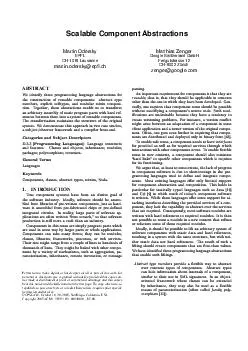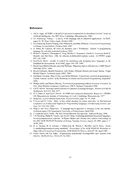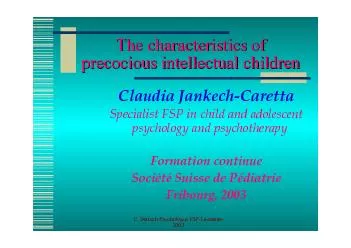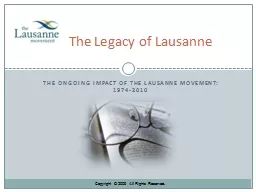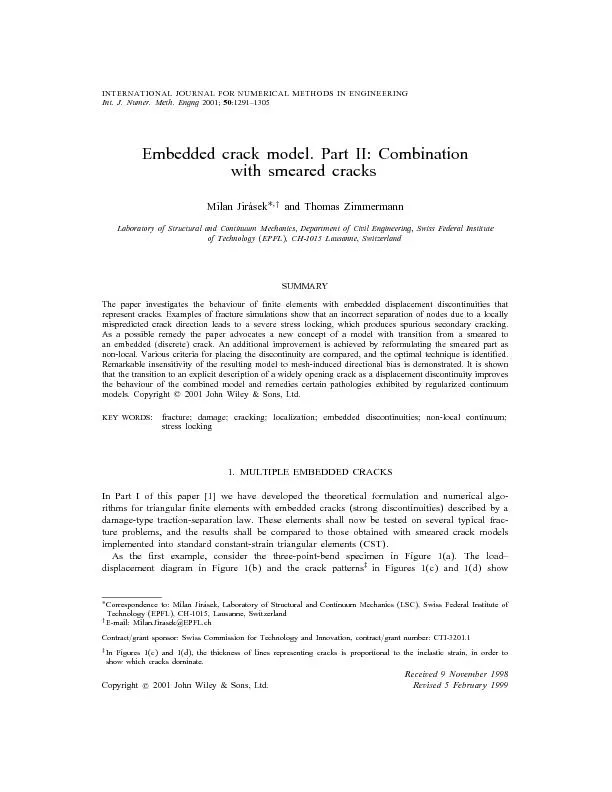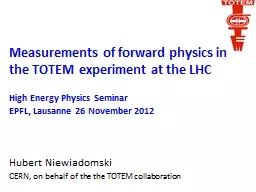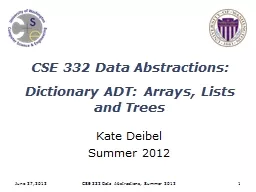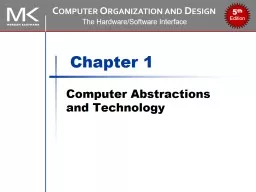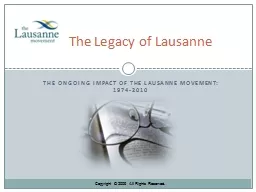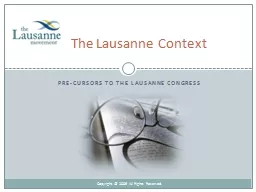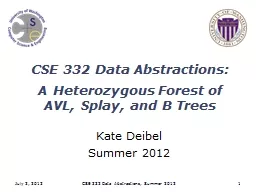PDF-Scalable Component Abstractions Martin Odersky EPFL CH Lausanne martin
Author : giovanna-bartolotta | Published Date : 2014-11-23
oderskyep64258ch Matthias Zenger Google Switzerland GmbH Freigutstrasse 12 CH8002 Zrich zengergooglecom ABSTRACT We identify three programming language abstractions
Presentation Embed Code
Download Presentation
Download Presentation The PPT/PDF document "Scalable Component Abstractions Martin O..." is the property of its rightful owner. Permission is granted to download and print the materials on this website for personal, non-commercial use only, and to display it on your personal computer provided you do not modify the materials and that you retain all copyright notices contained in the materials. By downloading content from our website, you accept the terms of this agreement.
Scalable Component Abstractions Martin Odersky EPFL CH Lausanne martin: Transcript
Download Rules Of Document
"Scalable Component Abstractions Martin Odersky EPFL CH Lausanne martin"The content belongs to its owner. You may download and print it for personal use, without modification, and keep all copyright notices. By downloading, you agree to these terms.
Related Documents

